
How to Pick the Right Typeface to Communicate your Message
A typeface is a collection of characters with a similar design. The importance of the typeface used for the display of messages cannot be overemphasized. If you pick the right font, your message will look alluring, accessible and effective.
There are at least 7 different classes of typefaces and each class of typeface is more suited for different types of messages. Some of the common classes of typeface include Serif, Sans-serif, Slab Serif, Monospace, Script or Handwritten, Decorative and Blackletter.
Generally, Serifs and Sans-Serifs are used for headlines and body in web and print. Monospace works well when you want to give a typewriter-feeling, Blackletter typefaces are commonly used as headings on certificates and Script typefaces are commonly used for invitations and greeting cards.
Now, let's take a look at some factors to consider while picking a typeface for your message:
- Legibility
Legibility is very important in choosing a typeface. No message will be passed across if the message is not readable. Font style, size, boldness, spacing, and color are some factors that contribute to the readability of your message. If the text of your message is muddled, the target readers will likely be discouraged from reading it especially those who have a hard time reading without glasses. In large-volume texts/body, typefaces with enough spacing. Such typefaces include serif, sans-serif and monospace. Typefaces with cursives, excess design and little spacing, should be avoided in large-volume texts. Such texts are better for short headlines and headings.

- Your Brand
While choosing a typeface, you should always consider your brand. How do you want customers to perceive your brand? If you have already defined your brand personality, you need to find a typeface that matches with it. For example, Serif typefaces are most commonly used for conservative or luxury brands: newspaper, magazine, liquor, jewelry or fashion companies. Tech companies choose Sans-Serifs as their brand fonts. Script or Handwritten fonts are used for informal, trendy or creative brands. Your typeface should be an embodiment of your brand, something that tells a story about it at a glance.

- Mood
Typefaces also set a mood for the readers. It is important to understand what feeling you want to translate via your message and which typefaces to use in order to convince your audience. Serif typefaces convey traditional and trustworthy feel. Sans-Serif fonts are perceived as modern, clean and corporate. Slab Serifs appear both classic and up-to-date. Script typefaces are perceived as trendy, playful, approachable or feminine. Monospace or Blackletter typefaces set a retrospective mood.

- Diversify
You have to ensure that you are using a limited number of fonts. Your design will be more attractive if you use 2 or 3 fonts that are different but compatible. In designing your message for an advert, it is important to avoid certain typefaces for your body text, like script or decorative. These typefaces should mainly be used for headlines or as an accent. Sans and Sans-Serif are perfect for body text as well as headlines.


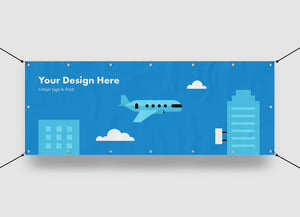
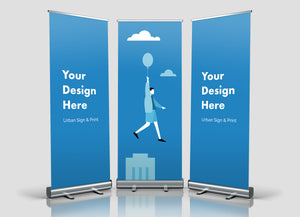
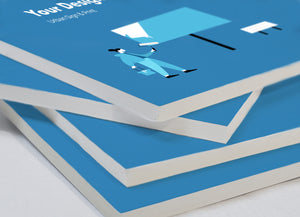
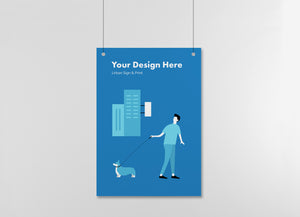
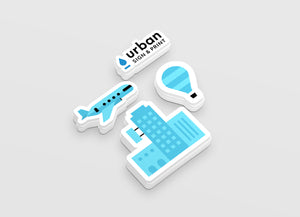
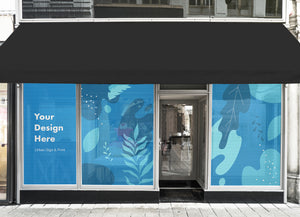
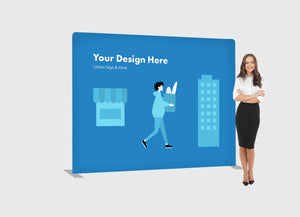
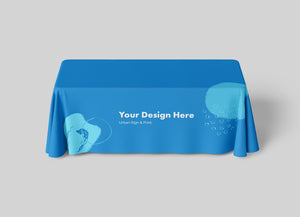
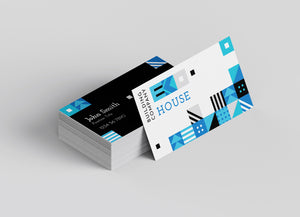
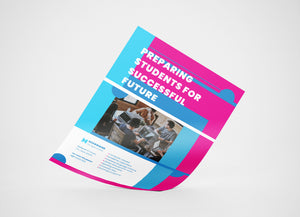
Leave a comment